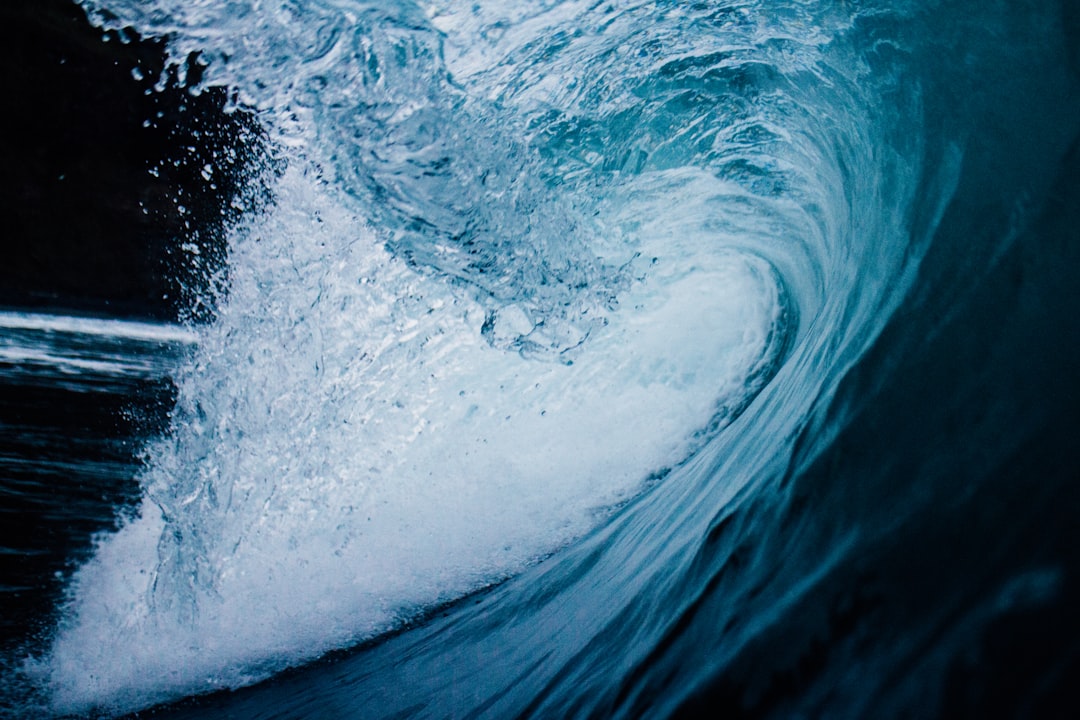What is it about?
Laboratory experiments were employed to simulate the evaporative silicification of the bacterium Halomonas hydrothermalis, following incubation under three salinities (1, 3.5 or 11.8 % w / v of NaCl) combined with iron-rich or iron-deprived conditions. Multivariate analysis of infrared absorbance spectra showed significant culture condition-dependent differences in the molecular composition of silicified bacteria, particularly between the three examined salinities. A further comparison of spectra from silicified and non-silicified cells indicated that this variation was partially due to salinity-dependent impacts of silicification on H. hydrothermalis.
Featured Image
Why is it important?
These data emphasize the potential for diverse physicochemical parameters to influence microbial mineralization in the environment. In particular, our results suggest that microorganisms within freshwater and extremely saline habitats can respond differentially to evaporative silicification. Such differences could systematically bias the fossil record toward certain environments and/or microbial taxa.
Read the Original
This page is a summary of: Salinity Influences the Response ofHalomonas hydrothermalisto Artificial Fossilization by Evaporative Silicification, Geomicrobiology Journal, June 2015, Taylor & Francis,
DOI: 10.1080/01490451.2015.1045634.
You can read the full text:
Contributors
Be the first to contribute to this page










